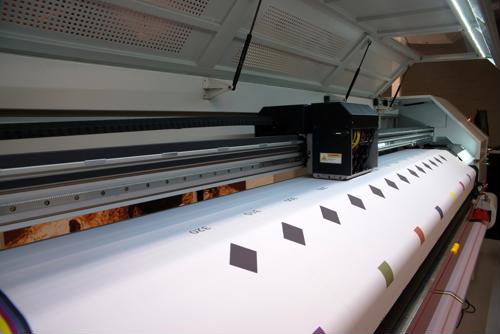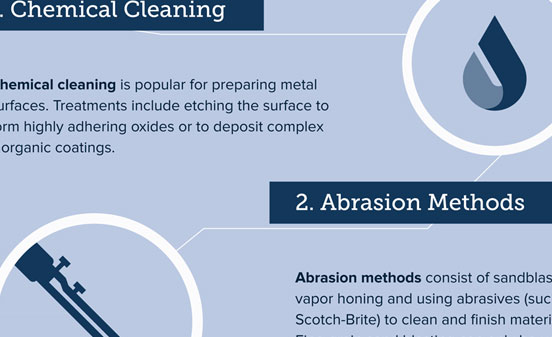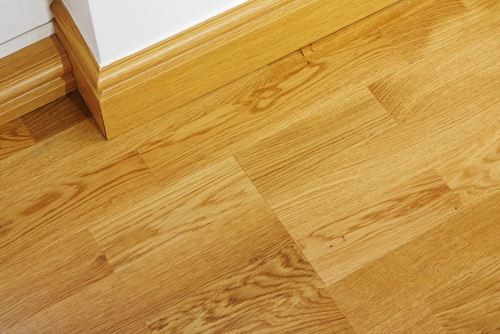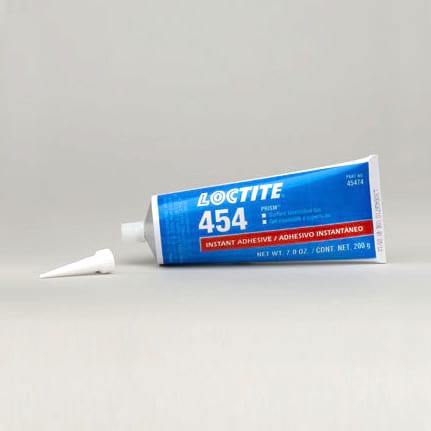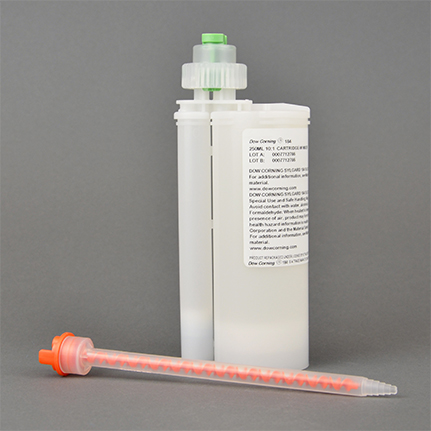

-
Description for Dow 3110 RTV Silicone Rubber w/ 1 Catalyst 20:1
General purpose, low tear strength, medium durometer, low mixed viscosity, easy to work with, fills tiny crevices, vacuum de-airing isn’t always required.Application Type Mold-Making, Pot, Encapsulate 1 Part or 2 Part 2-Part Material Form Liquid (Base), Paste (Catalyst) Substrate Aluminum foil, Metal, Plastic, Polyesters, Paper Industry Coils, Electrical, Printed circuit boards, Transformers, Electronic Manufacturer Dow Chemistry Silicone rubber surfaces Cure Method Base/Catalyst Cure Temperature (°C) 20 to 25 Cure Time (min) 720 Viscosity (cPs) 13,000, Low, Pourable Color White Radiation Resistance UV Resistance: Radiation High Temperature Resistance (°C) 200 Low Temperature Resistance (°C) -55 Volume Resistivity (O) 7.3e13 (ohms/cm) Key Specifications Mil-Spec (United States Military Standard): MIL-S-23586 -
Technical Data for Dow 3110 RTV Silicone Rubber w/ 1 Catalyst 20:1
Overview
-
Application Type
- Casting / Moldmaking - Mold-Making
- Pottant / Encapsulant - Pot, Encapsulate
-
1 Part or 2 Part
- 2-Part
-
Material Form
- Liquid - Liquid (Base)
- Paste - Paste (Catalyst)
-
Substrate
- Metal
- Aluminum - Aluminum foil
- Plastic
- Paper
- Polyester - Polyesters
-
Industry
- Electronics - Electrical, Electronic
- Coils
- Printed Circuit Board (PCB) - Printed circuit boards
- Transformers
-
Chemistry
- Silicone - Silicone rubber surfaces
-
Application Method
- Dip
-
Cure Method
- 2-Part Cure - Base/Catalyst
-
Color
- White
-
Key Specifications
- Mil-Spec (United States Military Standard) : S-23586 - MIL-S-23586
Specifications
Cure Specs
Cure Temperature (°C) 20 to 25 Cure Time (min) 720 Viscosity (cPs) 13,000, Low, Pourable Test Method Work / Pot Time (min) 180 Mix Ratio 20:1 (by volume), 20:1 (by weight) Bond Strength
Tear Strength (piw) 20, Low Tensile Strength (psi) 400 Test Method Material Resistance
Non-Corrosive Corrosion High Temperature Resistance (°C) 200 Low Temperature Resistance (°C) -55 Conductivity
Dissipation Factor 0.01000, 0.00100 Test Method Dielectric Strength (V/mil) Good, 434 Test Method Dielectric Constant 2.29, 2.20 Test Method Thermal Conductivity (W/m°K) 0.24 Test Method Volume Resistivity (O) 7.3e13 (ohms/cm) Test Method Hardness
Shore A Hardness 45 Test Method Elongation (%) 2 Test Method Flexibility Firm,Flexible Other Properties
Specific Gravity 1.140 Test Method Flash Point (°F) 212.0 Business Information
Shelf Life Details Dow Corning 3110, 3112, and 3120 RTV Rubber bases and Dow Corning RTV Catalysts should be stored in closed containers. The shelf life of the bases and catalysts S, and 4 is 24 months from date of manufacture when stored in original, unopened containers at 23°C (73°F). The shelf life of F catalyst and 1 catalyst is 12 months from date of manufacture under the same storage conditions. In all cases, rubbers should be stored at temperatures below 32°C (90°F).;Shelf life information is subject to change. Refer to the Sales Specification for current shelf life information. Shelf Life Temperature (°F) 73 Shelf Life Type from date of manufacture Shelf Life (mon) 24 -
-
Best Practices for Dow 3110 RTV Silicone Rubber w/ 1 Catalyst 20:1
-
Surface Preparation
To ensure maximum reliability and complete environmental protection, the following procedure should be followed: Clean assembly of all contaminants such as oil, grease, solder flux, moisture and dirt.
For strong adhesion, dip, spray or brush surfaces with Dow Corning ® 1201 RTV Primer and allow to cure at least 30 minutes. Silicone rubber surfaces should not be primed, but should be abraded and cleaned.
-
Application
In potting with Dow Corning RTV Rubbers, the part or assembly to be packaged is placed in a form with clearance at all points when sealing is necessary. This form may be made of paper, aluminum foil, metal or plastic. A release agent may be used to aid in demolding. Where printed circuit boards and similar assemblies are to be dip coated, select the viscosity grade that will give the desired coating thickness. To apply Dow Corning RTV Rubbers as conformal coatings, immerse parts in the catalyzed compound, withdraw them slowly, pausing just before the part leaves the dip tank to minimize stringing, and hang on a rack to cure. Allow one to two hours between dips. Two dips in a low-viscosity-grade encapsulant are suggested for optimum protection. For maximum assurance of void-free potting, pour the silicone RTV rubber, then apply a vacuum of more than 28 inches of mercury to facilitate the removal of air.
-
Mixing
Dow Corning 3110 RTV Rubber base should be stirred before using, since filler separation may occur upon prolonged standing. Catalysts can be added to the base material in its shipping container or any clean, dry container. If vacuum deairing is planned, the container should be no more than one-half full to allow for the expansion during the vacuum cycle. Either hand mixing or mechanical mixing is satisfactory. With either method, care should be taken not to whip large amounts of air into the mixture. Avoid vigorous mechanical mixing since sufficient frictional heat may be generated to accelerate the cure rate.
-
Deairing/Degassing
Vacuum deairing may not be necessary, particularly with Dow Corning 3110 RTV Rubber. When it is necessary, it should be done first in the mixing container. A vacuum of at least 28 inches of mercury should be held until most bubbling has ceased. For best results, the mixture should be vacuum deaired again after it has been poured in place, especially when densely packed circuit components are being potted. For impregnation of units such as coils or transformers, the vacuum cycle can be followed by the application of 10 to 50 psi air pressure.
-
Curing
Curing rate is a function of temperature and humidity. Curing time will increase at temperatures below 23°C (73°F). Although the RTV Rubbers are formulated to cure in dry atmospheres, exposure to high humidity will tend to decrease curing time.
Dow Corning 3110, 3112, and 3120 RTV Rubbers may depolymerize when overheated in total confinement. To minimize this effect, pottings which must operate in total confinement at elevated temperatures must be given a graduated post cure which allows volatiles to escape. During the graduated post cure, the temperature should be increased approximately 25°C per hour depending upon thickness of potted section. A final bake of two to four hours at a temperature 50°C degrees above the maximum operating temperature of the device is recommended.
-
-
Comparable Materials for Dow 3110 RTV Silicone Rubber w/ 1 Catalyst 20:1
Spec Engine® Results
Popular Articles
Testing the effectiveness of surface treatments
Read ArticleInfographic: ENSURING A STRONG BOND - 6 Basic Methods of Surface Preparation
Read ArticleSponsored Articles
Unique Advantages of Contact Adhesives
Read ArticleUsing LOCTITE® 454™ is a Valid Option for Engineers Working with a Wide Variety of Materials
Read ArticleSylgard 184 by DOW is the Top Choice for a Transparent, Silicone Encapsulant. Read Why:
Read ArticleCase Study: Creating reliable, corrosion-free bonds with LORD® 406 acrylic adhesive
Read ArticleFeatured Ads

Viscosity Test Methods
| Viscosity | Temperature |
|---|---|
| 13,000 cPs | 25°C |
| Low | |
| Pourable |
Tensile Strength Test Methods
| Tensile Strength | Test Method |
|---|---|
| 400 psi | ASTM D 412 |
Dielectric Constant Test Methods
| Dielectric Constant | Temperature | Test Method |
|---|---|---|
| 2.29 | 25°C | Dielectric constant, 100 Hz, ASTM D 150, Using Dow Corning RTV Catalyst F or S at 10:1 base to catalyst ratio. Wide departures from normal 10:1 ratio may slightly alter physical properties such as hardness and elongation |
| 2.20 | 25°C | Dielectric constant, 100 KHz, ASTM D 150, Using Dow Corning RTV Catalyst F or S at 10:1 base to catalyst ratio. Wide departures from normal 10:1 ratio may slightly alter physical properties such as hardness and elongation |
Dielectric Strength Test Methods
| Dielectric Strength | Test Method |
|---|---|
| Good | Dielectric Strength Test Method |
| 434 V/mil | ASTM D 149, Using Dow Corning RTV Catalyst F or S at 10:1 base to catalyst ratio. Wide departures from normal 10:1 ratio may slightly alter physical properties such as hardness and elongation., 1/16” sample |
Dissipation Factor Test Methods
| Dissipation Factor | Temperature | Test Method |
|---|---|---|
| 0.01000 | 25°C | Dissipation factor, 100 Hz, ASTM D 150, Using Dow Corning RTV Catalyst F or S at 10:1 base to catalyst ratio. Wide departures from normal 10:1 ratio may slightly alter physical properties such as hardness and elongation. |
| 0.00100 | 25°C | Dissipation factor, 100 KHz, ASTM D 150, Using Dow Corning RTV Catalyst F or S at 10:1 base to catalyst ratio. Wide departures from normal 10:1 ratio may slightly alter physical properties such as hardness and elongation. |
Thermal Conductivity Test Methods
| Thermal Conductivity | Temperature | Test Method |
|---|---|---|
| 0.24 W/m°K | 25 to 100°C | ASTM D 2214 |
Volume Resistivity Test Methods
| Volume Resistivity | Test Method |
|---|---|
| 7.3e13 (ohms/cm) | ASTM D 257, Using Dow Corning RTV Catalyst F or S at 10:1 base to catalyst ratio. Wide departures from normal 10:1 ratio may slightly alter physical properties such as hardness and elongation. |
Elongation Test Methods
| Elongation | Test Method |
|---|---|
| 2 % | ASTM D 412 |
Shore A Hardness Test Methods
| Shore A Hardness | Shore Hardness Test Method |
|---|---|
| 45 | ASTM D 2240 |
Specific Gravity Test Methods
| Specific Gravity | Temperature | Test Method |
|---|---|---|
| 1.140 | 25°C | ASTM D 792A;Using Dow Corning RTV Catalyst F or S at 10:1 base to catalyst ratio. Wide departures from normal 10:1 ratio may slightly alter physical properties such as hardness and elongation. |
1 VIEW FREE
Don't Leave!
View Dow - 3110 RTV Silicone Rubber w/ 1 Catalyst 20:1 now.



